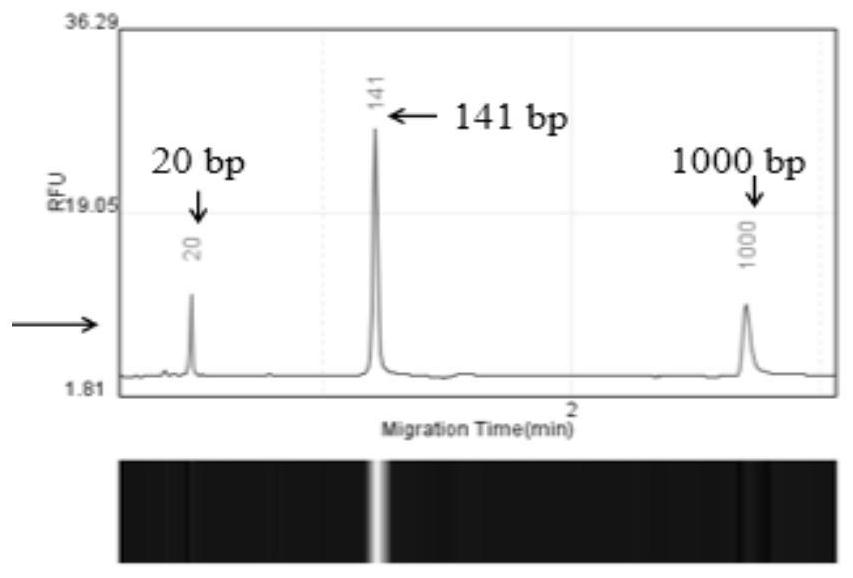Alleles related to self-cross-compatibility characters of non-heading Chinese cabbages and obtained through gene editing and application of alleles
An allele and gene editing technology, applied in the field of genetic engineering, can solve the problems of self-incompatibility reaction, affecting the reproduction of breeding materials and seed production, and the low self-seed rate of non-heading Chinese cabbage, so as to reduce the seed production Cost, the effect of improving breeding efficiency
- Summary
- Abstract
- Description
- Claims
- Application Information
AI Technical Summary
Problems solved by technology
Method used
Image
Examples
Embodiment 1
[0026] Example 1 Site-directed editing of the self-incompatibility gene BnSRK1
[0027] Target site design was performed according to the published sequence of the BnSRK1 gene (NCBI database sequence number AB270771). The BnSRK1 gene has 7 exons and 6 introns, and the total sequence length is 3851bp; according to the structural information of the BnSRK1 gene, using the CRISPR-P (http: / / crispr.hzau.edu.cn / CRISPR2 / ) website, in its Two target sites were designed in the exon 1 region, see Table 1. The target site fragment was amplified by PCR, and the primers used were listed in Table 2. The amplified fragment was recombined with the gene editing expression vector PKSE401 (purchased from Wuhan Tianwen Biotechnology Co., Ltd.), and then electrotransformed into Escherichia coli DH5α, and the clones were selected and shaken. , and select positive clones to send samples for detection, and relevant primers for detection are shown in Table 3. For specific vector construction steps, p...
Embodiment 2
[0036] Embodiment 2 Transformation of mutant allele BnSRK1m
[0037] 1. Parent, hybrid F 1 Genotyping and molecular marker development
[0038] F 1 generation seeds. Self-incompatibility gene universal primers IISP11-1L / IISP11-1R (primer series IISP11-1L: TCATAAGTCATGAGATATGCTACTT, SEQ ID No.17; IISP11-1R: TTATGATTTAACTTTGCAACAGTAGC, SEQ ID No.18) are not self-fertile to male parent. The affinity line 'QR44' was amplified, and the PCR product was cloned, sequenced, and compared. The results showed that it contained a class II self-incompatibility gene, and the genotype was class II SP11-44, which was similar to the gene in transgenic rapeseed. Self-incompatibility genes are quite different.
[0039] At the same time, a specific molecular marker mSRK1-L / SRK1-CO-R was developed according to the sequence of the mutant allele BnSRK1m (primer sequence mSRK1-L: GATAACCCTCTCCCCAATTGGA, SEQ ID No.19; SRK1-CO-R: ATCACGAAGTTTCCATTAGCGA, SEQ ID No.20), the product size is 141bp ( ...
PUM
 Login to View More
Login to View More Abstract
Description
Claims
Application Information
 Login to View More
Login to View More - R&D
- Intellectual Property
- Life Sciences
- Materials
- Tech Scout
- Unparalleled Data Quality
- Higher Quality Content
- 60% Fewer Hallucinations
Browse by: Latest US Patents, China's latest patents, Technical Efficacy Thesaurus, Application Domain, Technology Topic, Popular Technical Reports.
© 2025 PatSnap. All rights reserved.Legal|Privacy policy|Modern Slavery Act Transparency Statement|Sitemap|About US| Contact US: help@patsnap.com



